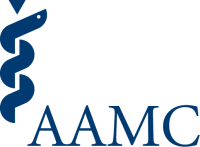Health Care Delivery

Health care in the United States is comprised of an array of providers and payers, public and private, that operate within a complex financing and delivery system. Balancing cost, quality, and access is a common objective for the numerous players in the health care system; however, incentives are not always aligned and how each of these players approaches this objective differs.
Our approach
The Research and Action Institute is committed to exploring the tensions and trade-offs involved in the promise of delivering better health care for all. While many policymakers, advocates, and academics often propose broad, sweeping improvements to the U.S. health care system, few of those improvements are without unintended consequences and even fewer are likely to be politically feasible in the next two decades. Yet, incremental progress through policy is feasible and achievable — and the institute is focused on these advancements including making more efficient use of mental health care providers and getting more value from value-based care efforts.
